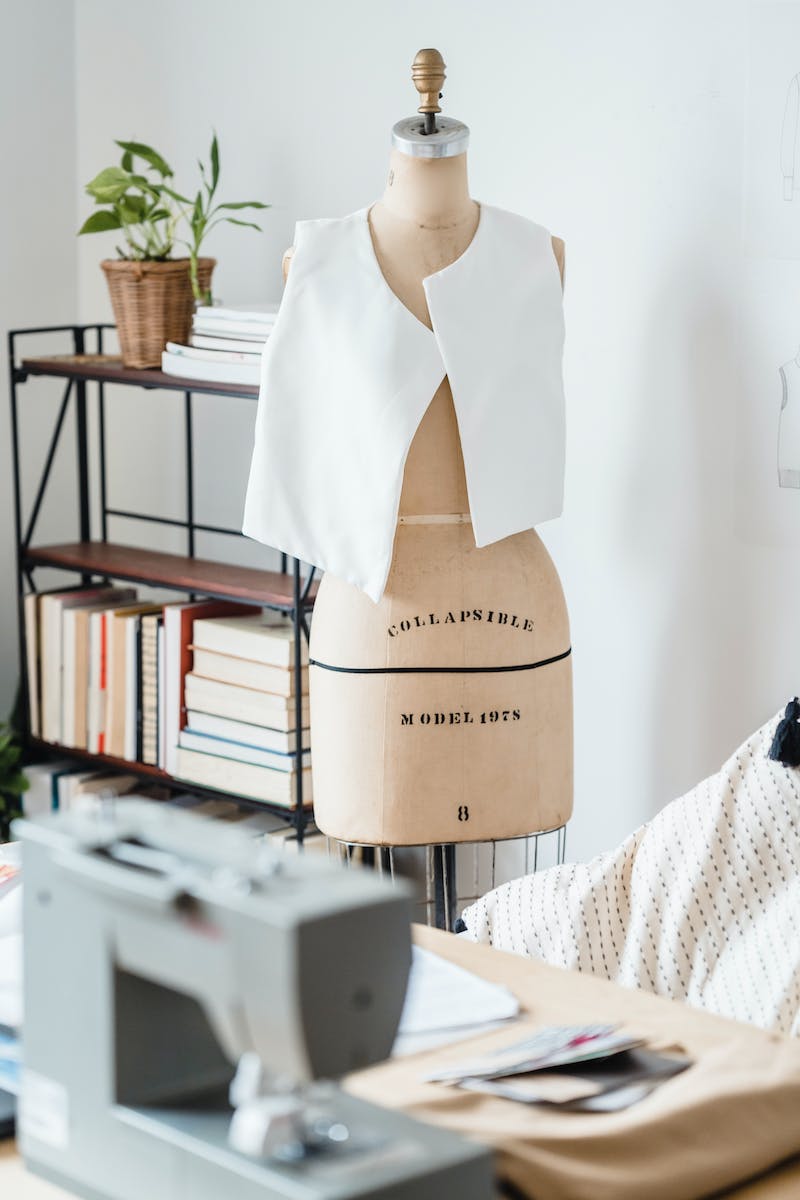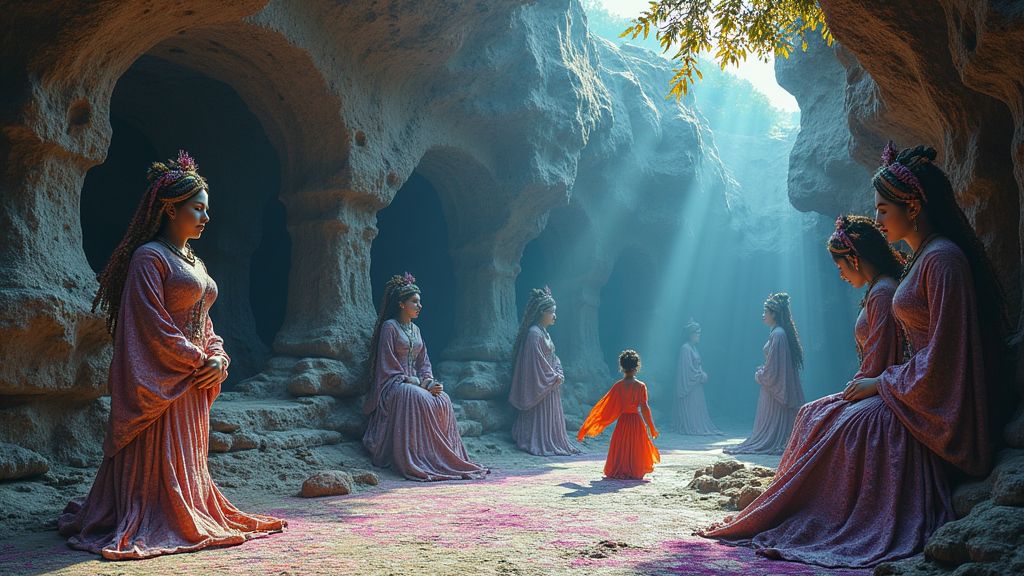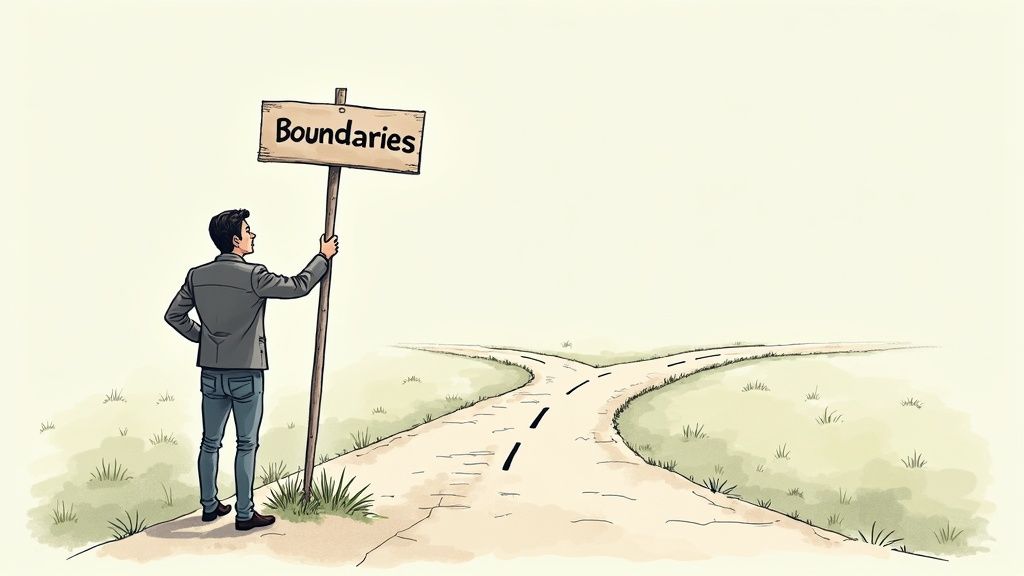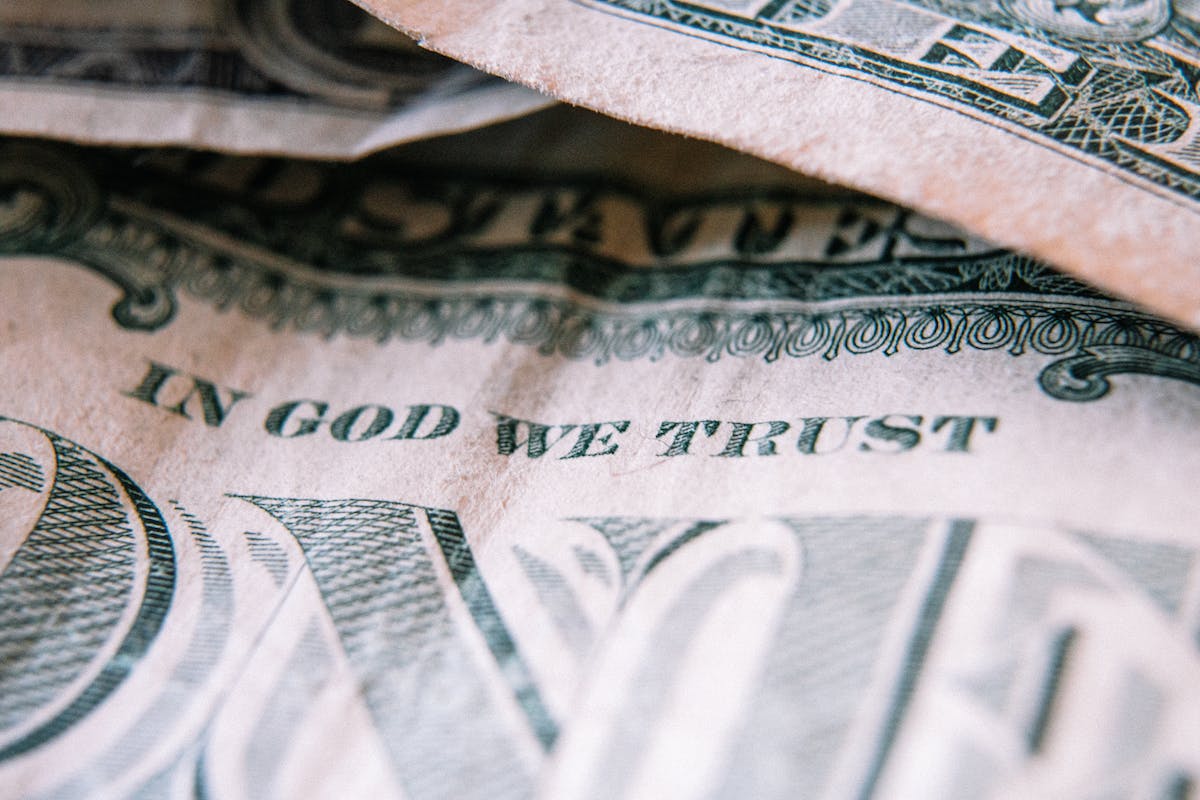Advertisement
Lifestyle
Clothing as a Political Statement: Examining the Role of Apparel in Politics

True colours: how clothes became a political tool
Introduction: The Intersection of Fashion and Politics
It’s fascinating to think about the many ways that clothes have become more than just a cover for our skin. They tell a story, reveal personalities, express sentiments, communicate allegiances and even make political statements. From patterns and designs, to colours and styles, what we wear speaks volumes about who we are, what we stand for, and also shows how closely tied fashion is with politics.
At a basic level, fashion may seem superficial, but it often reflects deeper societal shifts and changes. Throughout history, political movements and ideas have been expressed and solidified through sartorial choices. This deep connection between politics and fashion exists because clothing carries significant symbolic weight.
To understand this relationship, let’s consider how particular styles and trends through the decades have represented different political ideologies and movements. Let’s step back into history where we will find numerous instances in which fashion and clothes have served as potent symbols representing a cause, a revolution or an ideology.
A clear testament of this correlation occurred during the French Revolution when women wore tricolour cockades to support the revolutionary cause. Similarly, during the Civil Rights Movement in the United States, African Americans took to wearing dashikis as a symbol of their African roots and pride in their heritage.
- The Sans-culottes (‘without breeches’) in the French Revolution adopted everyday working-class clothes, as opposed to the silk knee-breeches worn by the ruling classes. With this act they turned their attire into a symbol advocating for equality and against aristocracy.
- In the 1920s, flapper dresses emerged as a sign of rebellion against traditional norms enforced on women. Their shorter lengths and simpler cuts conveyed a woman’s right to freedom and autonomy.
- In the 1960s, counterculture hippies donned tie-dye shirts and flowers in their hair, expressing peace and love against the backdrop of the Vietnam War.
- Power dressing, characterized by large shoulder pads and sharply cut suits, flourished in the 1980s as more women began to climb up the career ladder. This trend embodied the feminist movement’s ideals – equality, power and independence.
- The “Pussyhat” project which started in 2017, saw a surge of knit pink hats worn by attendees of women’s marches across the globe as a symbol of women’s rights and resistance against oppression.
- In recent years, we’ve seen celebrities use award-show red carpets as platforms for political messaging, wearing pins or accessories highlighting social causes such as Times Up and Black Lives Matter.
Clothes as Silent Advocates
Every day people are using clothes as silent advocates for their beliefs; consciously or unconsciously. From wearing organic cotton t-shirts promoting sustainable fashion, to donning caps bearing political slogans, our choice of garments reveal glimpses into our personal beliefs and ideologies.
Politics play an integral role in shaping society’s standards and these societal norms eventually influence what we wear. But in an interesting twist, our clothes can also help shape political and cultural conversations.
Consider turban cases in countries such as France where the traditional Sikh headwear was perceived as challenging secular principles. By wearing a turban, Sikhs unintentionally found themselves at the center of a heated debate around national identity, religious freedom, and immigrants’ rights.
- Burqini bans in French towns ignited a global discussion on religious freedoms, women’s rights and state interference in personal wardrobe decisions.
- In Iran, women removing their hijabs in public spaces started serious discussions on religious obligations, individual liberty and state control.
- Designers have taken inspiration from social movements like Black Lives Matter, inspired by which Pyer Moss showcased a line at New York Fashion Week that tackled racism and featured artwork depicting police brutality.
- The BOYcott Dolce & Gabbana T-shirt was the brand’s response to backlash received over anti-IVF comments. By embracing the controversy, they turned it into a marketing strategy.
- Safety pins worn as accessories emerged after the Brexit vote and Trump’s election win, symbolising solidarity with immigrants and oppressed individuals.
- Making headlines recently, “I really don’t care, do u?” jacket worn by First Lady Melania Trump became a hot topic stirring debates about apathy towards migrant kids held at detention centers.
The Power of Colours as Political Statements
Not just styles and designs, but colours too have had overtime developed deep political connotations. The suggestion that you can “wear your opinion”, simply applies not only to symbols and motifs, but extends significantly to colour choices.
Take for instance the pink knitted hats mentioned earlier, or the use of the colour white by American politicians to celebrate the women’s suffrage movement. Colour is an incredibly influential tool in the world of fashion-politics crossovers.
To drive this point home further, let’s consider how various political and social movements leveraged distinct tints and shades to promote their cause.
- The Green Movement in Iran used green coloured clothing and accessories to represent hope and resistance against a disputed election result.
- In the United States, Democrats are represented by blue, while Republicans are associated with red—shaping up a visually striking ‘Red State Vs Blue State’ narrative.
- Activists advocating for LGBTQ+ rights often use rainbow-coloured clothing and flags to signify inclusivity and diversity.
- The infamous AIDs Awareness ribbon was red in hue which represented love, passion and a call to arms for action against the disease.
- The Colour Revolution movements saw various countries use colour to symbolically oppose government corruption and advocate for democracy. For example, Ukraine’s Orange Revolution, Georgia’s Rose Revolution, and Kyrgyzstan’s Tulip Revolution.
- And closer home, black is often associated with solidarity and protest, such as during the ‘Black Mondays’ that opposed the planned complete ban on abortion in Poland.
| Fashion Elements | Political Context |
|---|---|
| Sans-culottes & Tricolour Cockades | French Revolution |
| Flapper Dresses | Women’s rights movement |
| Tie-dye Shirts and Flowers | Hippie counterculture and anti-war sentiment |
| Power Dressing | Feminist Movement |
| Pussyhat Project | Protesting Trump’s election and promoting Women’s rights |
| BLM Accessories | Balck Lives Matter movement |
Conclusion: The Ongoing Dialogue Between Fashion and Politics
As we can clearly discern, fashion and politics share an intricate and complex relationship. Clothes are much more than ‘vanity’s favourite plaything’; they have the power to illustrate historical and political change, spark social dialogue, push against societal norms, and even lead political movements.
One thing is certain: the blend of politics and fashion presents a potent mix of expression, symbolism, and action. It seems that as long as there are political movements, there will be correlating changes seen in the world of fashion. The clothes we wear have indeed become tools for political messaging – whether intentionally or not, it’s an undeniable part of our social fabric.
Taking into account this rich, intriguing history – it becomes instrumental to remember next time you dress up, your ensemble might just be saying much more than you think!












